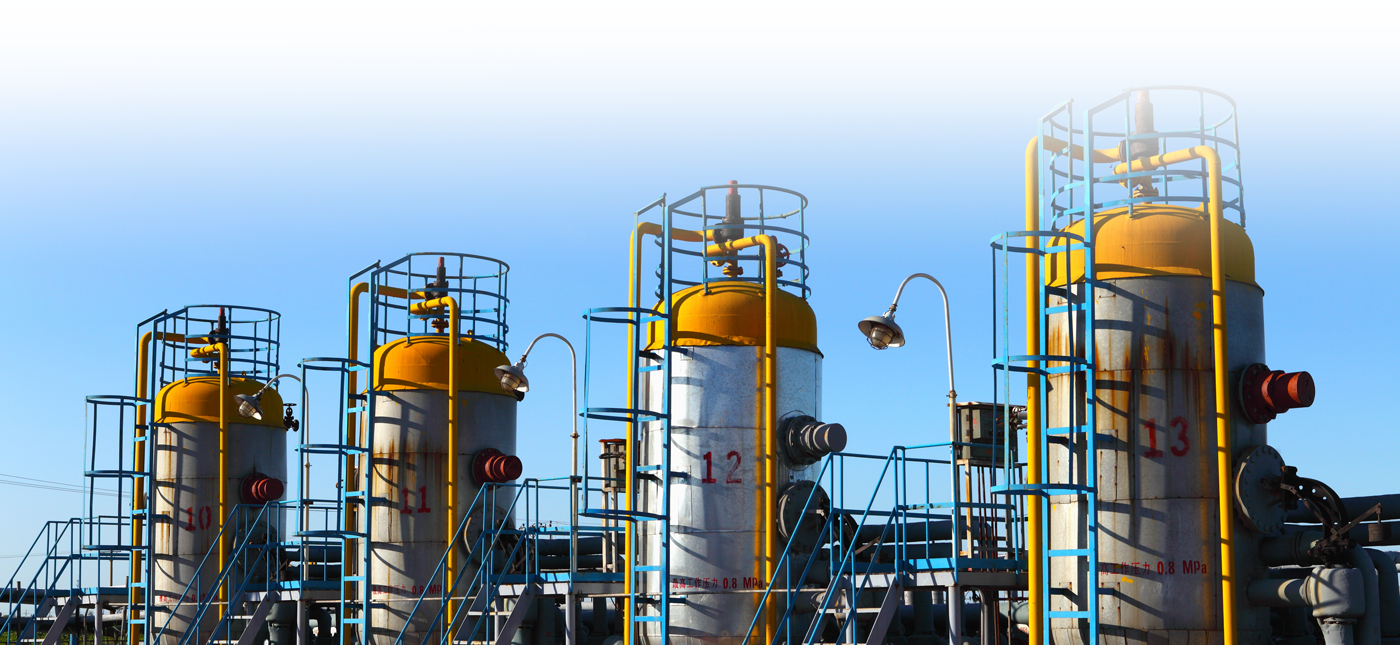Compressor Vibration
Vibration Issues with Engine Driven Reciprocating Compressor Systems
Paper No. 118
Engine driven reciprocating compressors are commonly used for gas pipeline systems. These units need to be reliable over a range of operating conditions and speeds. This paper presents three case studies detailing issues that were encountered on otherwise standard packages consisting of a 16-cylinder engine driving a six-throw reciprocating compressor in natural gas service.
In the first case study, the engine vibration exceeded the manufacturer’s allowable limit when operating near the maximum speed. The engine experienced multiple issues, including high frame vibration, vibration of the control box, and damage to wire harnesses. Mechanical natural frequencies (MNFs) of the engine mounted on the pedestal were found near 1× and 1.5× running speed. Structural modifications were made to detune the MNF and reduce the vibration.
In the second case study, the compressor was experiencing excessive lateral and torsional vibration levels at higher harmonics. The compressor crankshaft was retrofitted with an internal damper. With the damper installed, the measured torsional vibration at the auxiliary end of the compressor crankshaft was approximately half the original amplitude. This eliminated the torsional-lateral interaction (TLI), which in turn reduced the compressor frame and cylinder vibration.
In the third case study, the compressor pulsation bottles had excessive vibration levels. The discharge piping was found to be misaligned and some of the clamps were not fitting properly. Adjustments were made to the piping and supports to correct alignment between the piping, bottles, and compressor cylinders. Straps were also added to the discharge bottles. Once these solutions were implemented, the vibration levels were reduced, and the reliability of the unit improved.
Download PDF